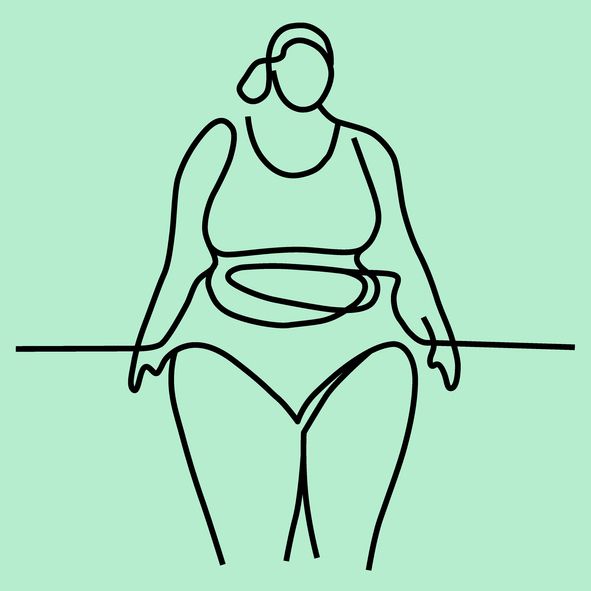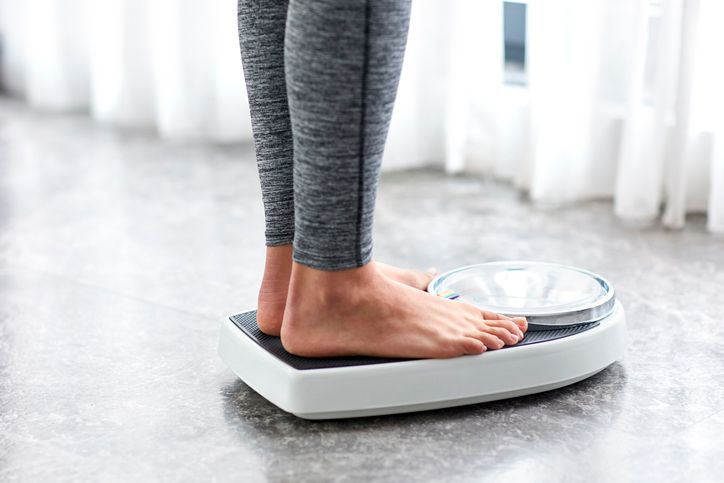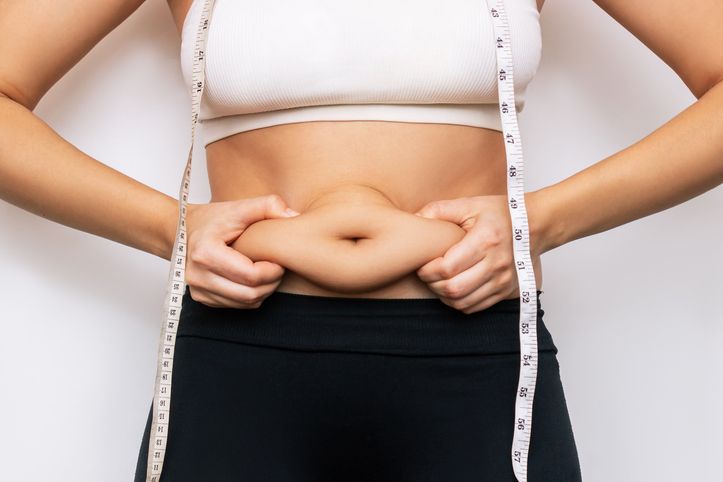- Home
- Trend
- Weight Loss Strategies
- Acne Tips
- Hair Health Information
- Blemish Removal Tips
- Acne Scar Removal Tips
- Muscle Building Techniques
- Intimate Care Tips
- Postpartum Intimate Care
- Eye Bags Wiki
- Tips for Face Slimming
- Secret of Permanent Hair Removal
- Breast Enlargement Tips
- Cure to Snoring
- Marionette Lines
- Skin-Tightening Secrets

免費體驗
S6 Body Sculpting Treatment
1 Minute Self-Registration
Date should not be before minimal date
Explore area targeting methods for losing fat, bid farewell to unwanted bulges, and welcome a healthier, happier version of yourself.
1
How to Lose Fat With Area Targeting?

1. Caloric Imbalance
2. Genetics
3. Metabolism
4. Lifestyle and Diet
5. Hormonal Factors
6. Psychological and Emotional Factors
2
How Hard is it to Lose Body Fat? Let's Break Them Down into Different Areas

Easier to Lose
Moderate Difficulty
Challenging
Most Challenging
3
Specific Methods You Should Know to Lose Weight in These Areas

Face
Arms
Upper Abdomen
Thighs
Lower Abdomen
Hips and Buttocks
Love Handles/Flanks
Lower Back
4
Finding the Balance: Body Weight vs. Body Fat Percentage

Body Weight
Body Fat Percentage
Importance of Monitoring Both Metrics

免費體驗
S6 Body Sculpting Treatment
1 Minute Self-Registration
Date should not be before minimal date
5
7 Strategies for Effective Overall Fat Loss

1. Caloric Deficit
2. Balanced Diet
3. Aerobic Exercise
4. Strength Training
5. High-Intensity Interval Training (HIIT)
6. S6 Body Sculpting Treatment
7. Intermittent Fasting
6
Avoiding Extremes: Losing Body Fat Too Fast, Too Much or Too Little Body Fat

- What Causes Big Calves? The Last Reason May Surprise You
- Why My Lower Body Fat Loss Plans Won't Work? The Answer You've Been Waiting For
- 19 Best Core Exercises for Strong, Slim, Toned Abs, Science-Explained!
- Exploring Different Intermittent Fasting Schedules: Compare Benefits, Risks, and Finding Your Best Fit
7
Conclusion


免費體驗
S6 Body Sculpting Treatment
1 Minute Self-Registration
Date should not be before minimal date
FAQ

1. How can I effectively reduce body fat and maintain weight loss?
Achieving effective body fat reduction and sustaining weight loss involves adopting a well-balanced diet that incorporates locally available, nutritious foods. Regular engagement in physical activity, tailored to the Hong Kong people's lifestyle, is crucial. Consider integrating cultural elements into your weight loss approach to make it sustainable and enjoyable.
2. Is lifting weights important for weight loss maintenance?
Yes, lifting weights is crucial for maintaining weight loss. It helps preserve muscle mass, which is essential for a healthy metabolism. Incorporating strength training exercises into your routine not only contributes to sustained weight loss but also enhances overall fitness and well-being.
3. What are the risks of having too much body fat, considering health factors for Hong Kong peoples?
Excessive body fat poses significant health risks, particularly for Hong Kong peoples. Health issues such as diabetes and cardiovascular diseases are associated with high body fat levels. Mitigating these risks involves adopting a health-conscious diet and lifestyle, with considerations tailored to the unique health factors of the Hong Kong people population.
4. How can strength training contribute to reducing body fat and maintaining a healthy BMI?
Strength training plays a vital role in burning calories, building muscle, and improving BMI. Including activities like weightlifting in your fitness routine is an effective and culturally relevant approach to enhancing overall fitness. This method aligns with the health and fitness goals of individuals in Hong Kong.
5. What are effective ways to reduce body fat while ensuring the preservation of fat-free mass?
To effectively reduce body fat while preserving lean muscle mass, it's essential to combine a nutrient-rich diet with regular exercise, with a specific focus on strength training. This approach not only promotes fat loss but also contributes to a healthy body composition, aligning with the lifestyle and health considerations of Hong Kong people.








